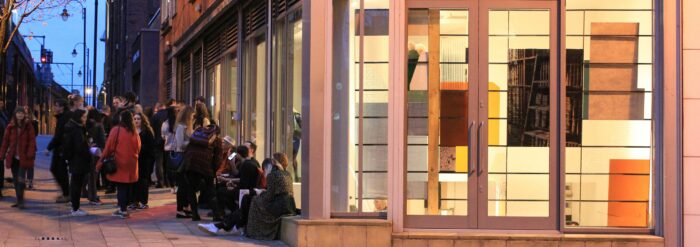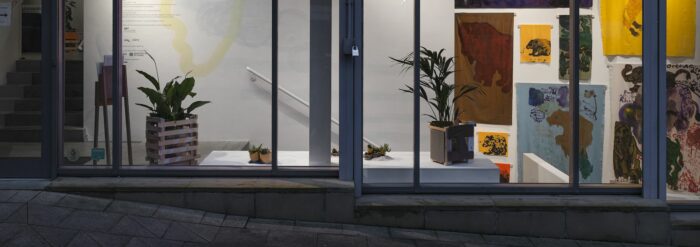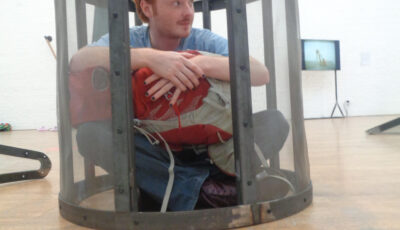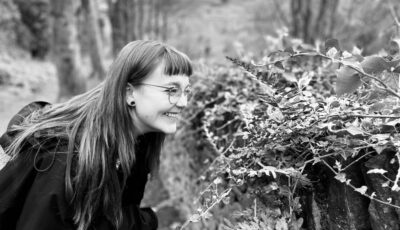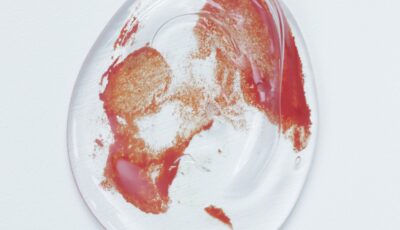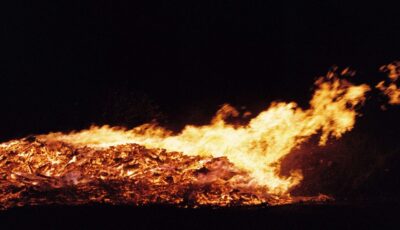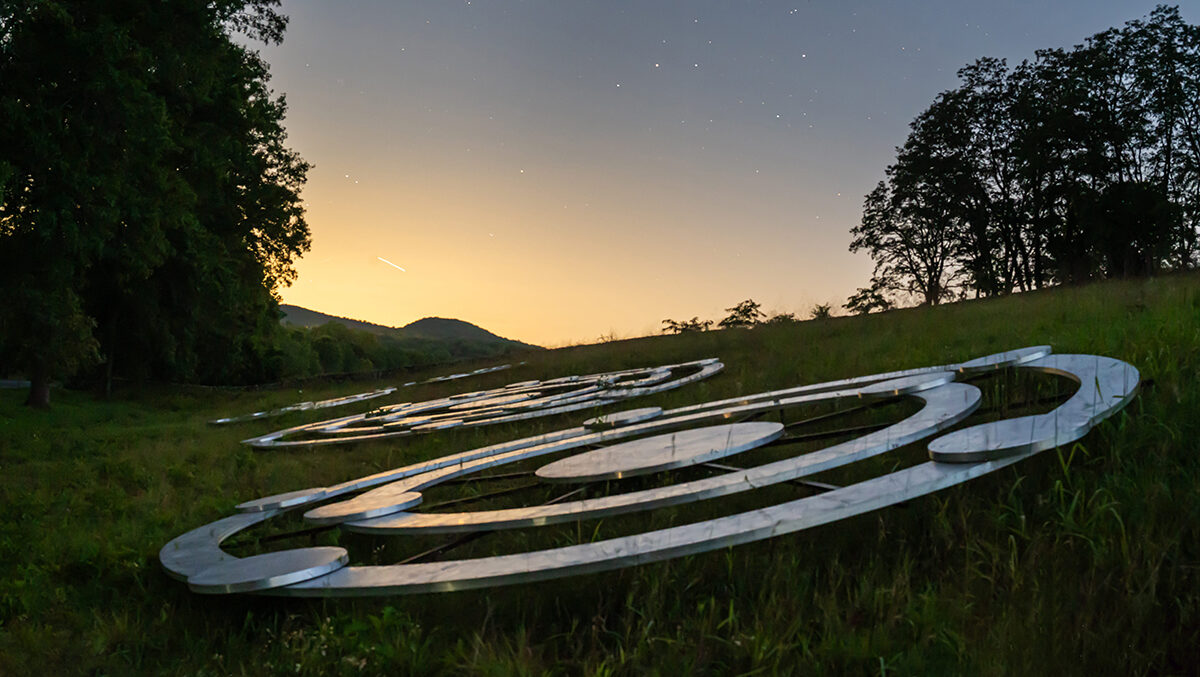
Spotlight: Artists and Sustainability – RA Walden
Posted on 24 October 2023
This month we’ve invited RA Walden to contribute to our ongoing series Spotlight – Artists and Sustainability, where we ask artists to share short responses about their work and how it might relate to climate change.
RA Walden is a transdisciplinary artist whose work centres a queer, disabled perspective on the fragility of the body. Their practice spans sculpture, installation, video and printed matter, all of which is undertaken with a socially engaged and research-led working methodology. Walden is interested in our ability and failure to navigate physicality, interdependency and vulnerability both communally and individually; understanding world-building not as a visionary tool for an imagined future, but as an embodied methodology for the now.
Their work the universe is a clock (i) schrödinger’s equation, time dependent (2023) has been co-acquired as part of Hybrid Futures and is currently showing at Grundy Art Gallery as part of the Lightpool festival until 16 December 2023.
In what ways do you feel your work might relate to issues of climate change and sustainability, in the content of the work, its narrative, conceptually or theoretically? How might it speak to or challenge public discourse?
My research understands the ostracisation of non-normative, weak, vulnerable, and leaky bodies to be caused by a separation of normative culture (living under white supremacist capitalist patriarchy) from nature and the natural vulnerabilities of the body/planet. With this separation comes a refusal to look at the inherent fallibility of living within a body, bound by the forces of time and set on a celestial body whose balanced ecologies we are dependent on for survival. My work for Hybrid Futures asks what wisdom is held within sick and disabled experiences of nonlinear time, and how this wisdom can be harnessed to enact change in the now. At a time of global ecological crisis, the knowledge of marginalised people, whose expertise has historically been ignored, is of long overlooked value. The objective of this research is to combine the disciplines of physics, climate science, disability theory, and disability justice solidarity movements to foreground the wisdom of sick and disabled communities, and encourage discussion around the importance of temporal perspectives in this pivotal moment of apocalypse.
With regards to the materials, processes and techniques you use to produce your work, are there any practical decisions you make with regards climate change and sustainability?
When I make sculptural work, there is always push and pull between materiality and consumption. I don’t believe there are any truly “ethical” means of production, because even the food that I eat, the heating I use, the medication that I take whilst producing a piece of work is contributing to systems of extraction and pollution. I try to hold lightly the idea of personal responsibility when a 2017 report found that 100 companies are responsible for 71% of global emissions (source: CDP Carbon Majors Report 2017). That said, I do pay attention to the materials I use and try to make changes to more sustainable solutions where I can. I trained as a neon glass bender but these days I can’t fabricate my own work; when collaborating with fabricators, I always work with traditional neon benders who use glass and inert gases, rather than plastic LED strips. Although traditional neon uses more energy to run than LEDs, glass is reusable and recyclable, and the work supports local small businesses. A well made neon sign can last a life-time, and continue to support highly skilled crafts-people as it needs maintenance or repair.
In general, how do you feel galleries, art spaces, artworks and artists might be able to contribute, what if any role do you feel they can play in a progressive conversation?
I was talking with my dad (who is a ceramicist) about the desperation and anguish of this moment in time, and we were saying that sometimes engaging with climate crisis can make it feel as if you’re standing alone with a cardboard sign proclaiming the end of the world. I think the arts can allow people to feel less alone, and when galleries are programming in a way that invites artists to make challenging work, there is more opportunity for people to come together (online or in-person) to feel less alone. I believe that with less isolation comes less apathy, and more ability to enact change, whether that change is very small and practical, or ambitious and revolutionary.
Are there any tips or advice, anything you have learnt you might want to share with other artists or our audiences?
Keep on going. Find community where you can. If you’re an artist, reach out to other artists and offer to do crits / help with applications. share generously to counter the scarcity of the artworld. refuse to be in competition with each other. Celebrate each other’s wins. Take solace in your practice and the people that you love. Care about each other.
